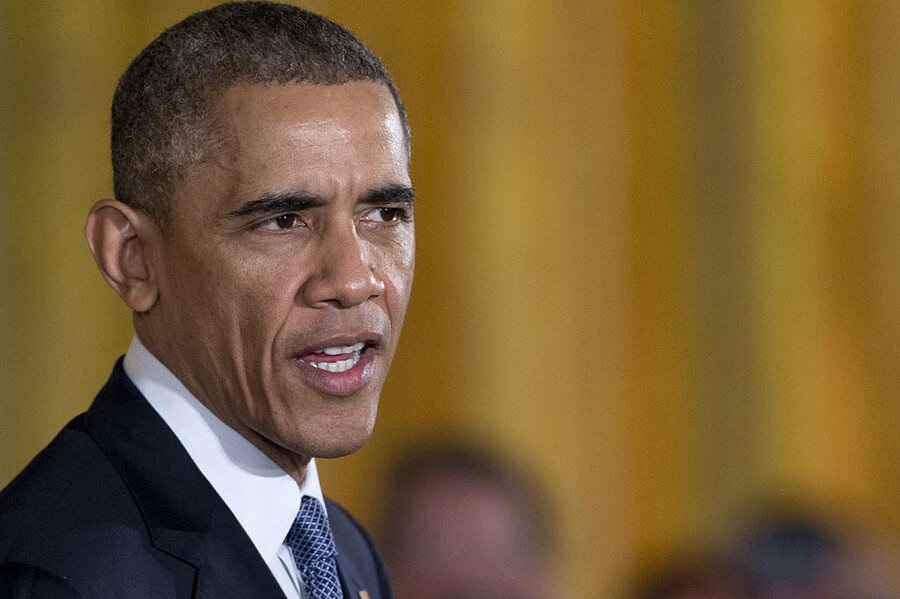Is Internet access the key to reducing inequality?
Loading...
President Barack Obama wants to decrease inequality and close the "homework gap" by making high-speed Internet available in more American households.
ConnectHome will bring reduced-cost or free high-speed broadband to 275,000 public housing homes across 27 US cities and Oklahoma’s Choctaw Nation, according to a White House news release.
"Today, high-speed broadband is not a luxury, it’s a necessity," Mr. Obama said in a January speech.
While more than 95 percent of households with incomes over $150,000 have broadband Internet access, only 48 percent of those making less than $25,000 have service at home, according to the FCC.
Without high-speed Internet in their homes, Obama said, people miss out on business and educational opportunities, putting the already-disadvantaged even further behind the middle class.
"This isn’t just about making it easier to stream Netflix or scroll through your Facebook newsfeed," he said.
"This is about helping local businesses grow and prosper and compete in a global economy. It’s about giving the entrepreneur, the small businessperson on Main Street a chance to compete with the folks out in Silicon Valley, or across the globe. It’s about helping a student access the online courses and employment opportunities that can help her pursue her dreams."
ConnectHome coincides with the FCC's recent proposal to provide low-income families with Internet bill assistance. FCC Commissioner Jessica Rosenworcel called ConnectHome "a step in the right direction" in a statement Wednesday.
"Today approximately 7 in 10 teachers assign homework that requires Internet access," she said. "Kids may be connected in the classroom, but if they are disconnected at home, getting basic schoolwork done is hard. This Homework Gap is the cruelest part of our new digital divide. We need to bridge this gap and fix this problem because our shared economic future depends on it."
Not only does household Internet access help students complete their homework, it also facilitates communication between schools and families, which a 2008 Harvard Family Research Project study found was beneficial, but relatively uncommon at the time.
According to the study, families with "higher income and more education" not only had more Internet access, but were more likely use it to communicate with schools. Electronic family-school communication corresponded with higher achievement levels in students, researchers found.
"Although families from some backgrounds were less likely to use the Internet to communicate with schools, all adolescents demonstrated more positive outcomes when their families utilized this technology," the study said.
ConnectHome will also have technical assistance and digital literacy training components to help new users become acquainted with the Internet.
The initiative serves as an extension of ConnectED, an earlier Obama administration initiative to get 99 percent of school-age kids Internet access at school and in libraries within the next five years.








